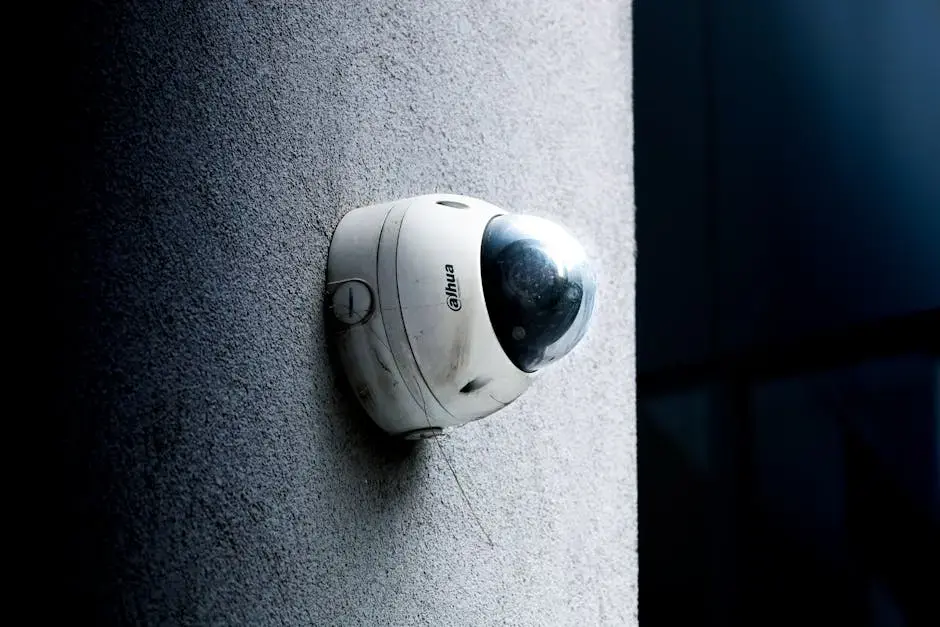What Does Close Protection Security Entail?
- Kfir Goldin
- Mar 16
- 3 min read
Close protection security is all about ensuring the safety of individuals, often in high-risk situations. This guide will explore the key components of close protection security, helping you understand what it entails and why it’s essential for personal safety.

Understanding Close Protection Security
Close protection security involves a range of measures designed to safeguard an individual from threats, including physical harm or harassment.
At its core, close protection security is about creating a safe environment. This means not only protecting the individual but also ensuring that their surroundings are secure. Threats can vary significantly, from unintentional disturbances to targeted attacks. Thus, understanding the potential risks is crucial for those in close protection roles.
In many cases, this security approach is implemented for high-profile individuals, including celebrities, politicians, and business executives. However, anyone feeling vulnerable can benefit from close protection security. The focus is on risk management, with professionals trained to dynamically respond to various situations.
Key Roles in Close Protection
From bodyguards to coordinators, discover the various roles that play a part in ensuring effective close protection.
In the realm of close protection security, several key roles are essential. The most recognizable are bodyguards, who are often the front line of defense. They are trained to assess threats in real-time and react appropriately to keep their clients safe.
However, it doesn’t end there. Coordinators are responsible for overseeing the entire operation, ensuring that all components of security work seamlessly together. They plan routes, execute logistics, and communicate between the team members. Their organizational skills are vital in any close protection scenario.
Additionally, intelligence analysts gather information on potential threats, allowing the team to be proactive rather than reactive. Each of these roles contributes to a comprehensive security strategy, illustrating the collaborative nature of close protection security.
Assessment of Threats
Understanding potential risks and how to assess them is critical in developing a strong close protection strategy.
Assessing threats involves a careful evaluation of the environment surrounding the individual. It’s not just about identifying immediate dangers; it’s also about understanding ongoing risks, including reputation damage or social media backlash. This thorough evaluation helps shape the security measures that will be put in place.
Natural disasters, spontaneous public reactions, and personal disputes can all pose risks that need to be analyzed. Effective close protection includes preparing for the unexpected. This proactive stance not only secures the individual but also fosters confidence, enabling them to engage with their environment safely.
Planning and Preparation
Effective close protection security requires thorough planning, including route planning and contingency measures.
Planning is the backbone of successful close protection security. This phase includes not just mapping out safe routes but also identifying potential risks along those routes. The goal is to anticipate possible threats and develop an action plan should something go wrong.
Contingency measures are equally important. These are the planned responses to various scenarios that could arise during an assignment. Think of it as having a roadmap for the unexpected. Each operative is trained to execute these plans swiftly and effectively, demonstrating the importance of preparation in crisis situations.
Execution of Close Protection
Learn how close protection operatives implement security plans and react to unfolding situations.
Execution is where plans become reality. Close protection operatives must not only understand their roles but also be able to think on their feet. Whether it’s guiding the individual through a crowded area or responding to a sudden threat, quick decision-making is essential.
Furthermore, communication among team members is key during the execution phase. They share information and respond collectively, which enhances overall security. The synergies formed among team members during execution reinforce the effectiveness of close protection security.
Post-Event Analysis
After an event, reviewing the effectiveness of the close protection measures helps improve future strategies.
Post-event analysis plays a crucial role in refining and sharpening security strategies. Each assignment provides valuable data and insights that can enhance future performance. By evaluating what went well and what didn't, teams can adjust protocols and strengthen their approach.
This phase is about learning. The knowledge gained from each operation contributes to a cycle of continuous improvement. Thus, every experience, whether it's a routine event or a crisis, feeds back into the overarching goal of effective close protection security.
Wrapping Up on Close Protection Security
In summary, close protection security is a comprehensive approach to safeguarding individuals through careful planning, skilled operatives, and proactive strategies. Whether you're a public figure or simply seeking peace of mind, understanding these elements can empower you to make informed decisions about your security.




Comments